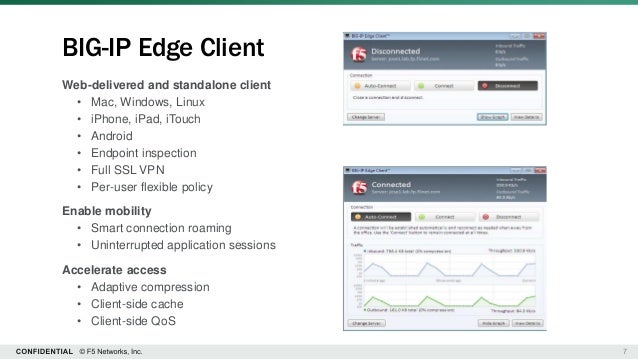

The lists are delivered via the "Trust Protection Lists" component, which is viewable at edge://components. To classify online trackers and group them into categories, Microsoft Edge uses the Disconnect open source tracking protection lists. The first component of the tracking prevention feature in Microsoft Edge is classification. Mitigations - The mechanisms provided to ensure user-specified favorite sites still work, while offering strong default protection.Įach of the components are explored and explained in detail on this page.

Enforcement - The actions taken to protect Microsoft Edge users from URLs classified as trackers.Classification - The way Microsoft Edge determines whether a URL belongs to a tracker.The tracking prevention feature in Microsoft Edge is made up of three main components that work together to determine whether a specific resource from a website should be classified as a tracker and blocked. Strict - The most restrictive level of tracking prevention that is designed for users who are okay trading website compatibility for maximum privacy.Balanced aims to block trackers from sites that users never engage with. Balanced (Default) - The default level of tracking prevention that is designed for users who want to see less personalized advertisements while minimizing the risk of compatibility issues as they browse the web.Basic only protects users against malicious trackers such as fingerprinters and cryptominers. Basic - The least restrictive level of tracking prevention that is designed for users who enjoy personalized advertisements and who do not mind being tracked on the web.Microsoft Edge currently offers users three levels of tracking prevention, which are selected by navigating to edge://settings/privacy. It is built to uphold the Microsoft Edge browser privacy promise while also ensuring that there is no impact by default to website compatibility or the economic viability of the web. The tracking prevention feature in Microsoft Edge protects users from online tracking by restricting the ability of trackers to access browser-based storage as well as the network.


 0 kommentar(er)
0 kommentar(er)
